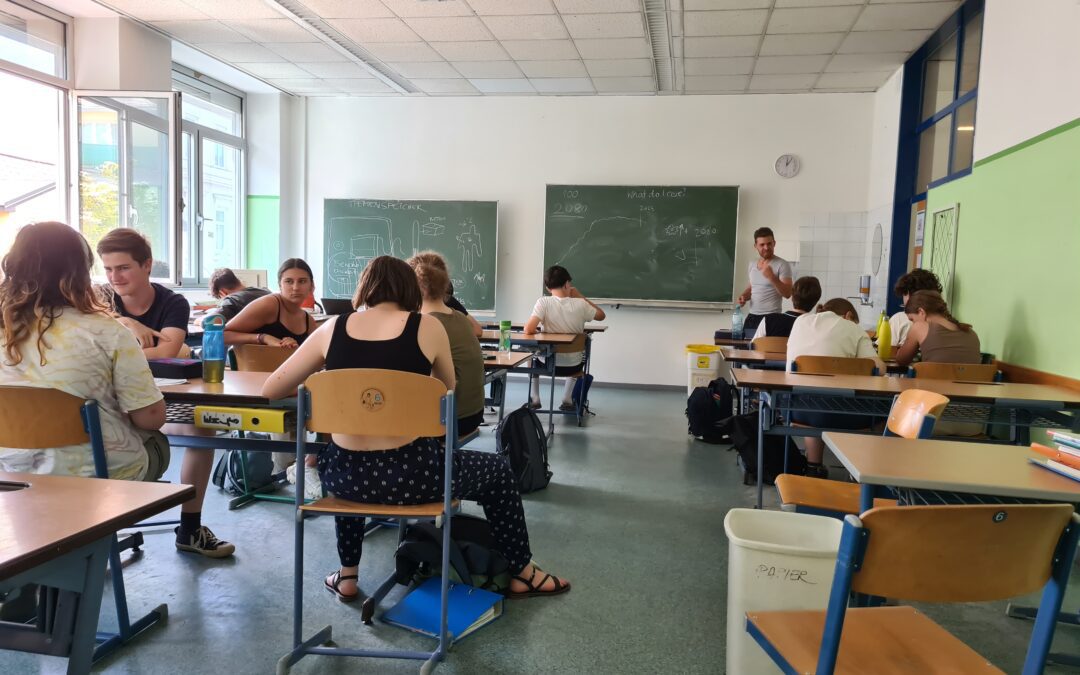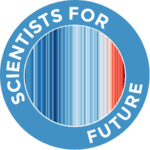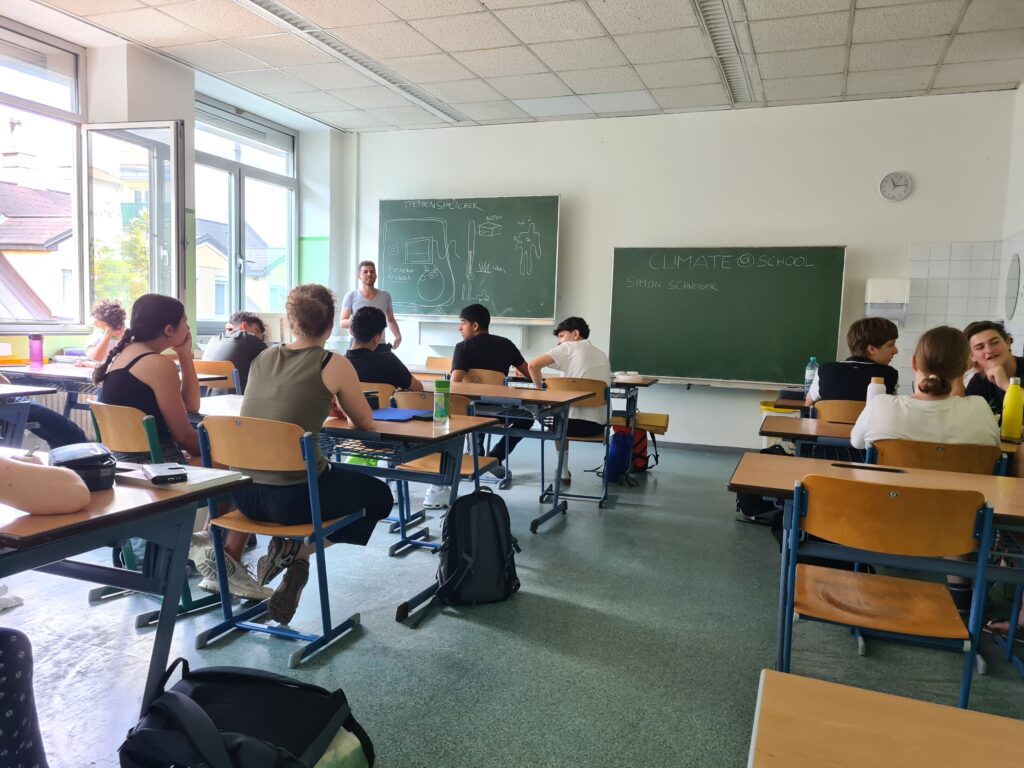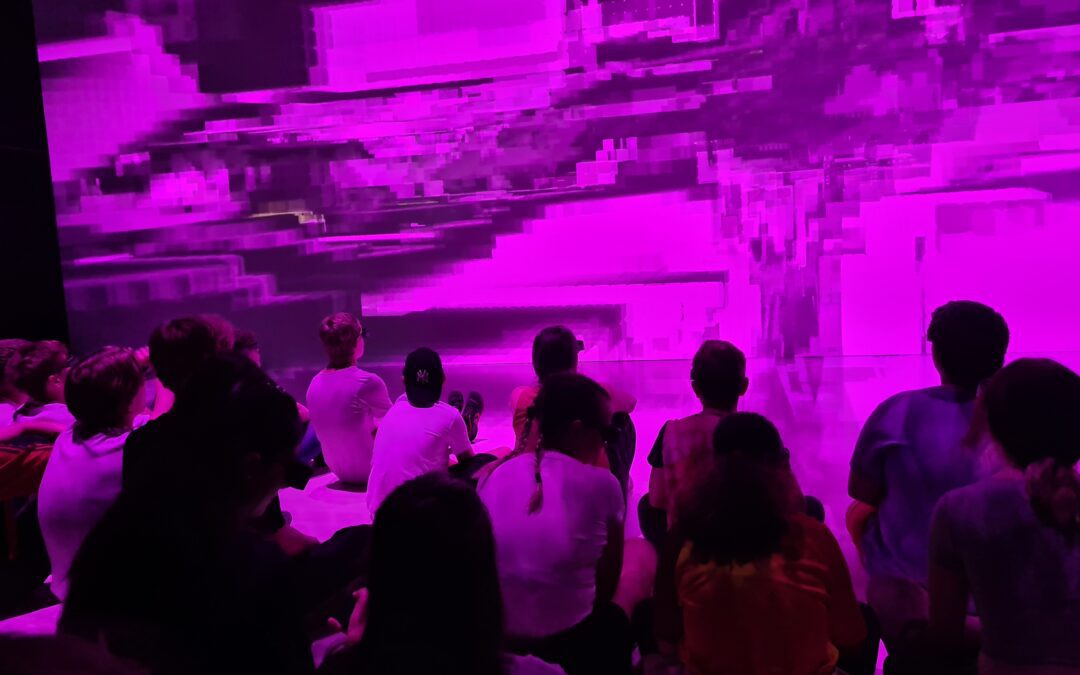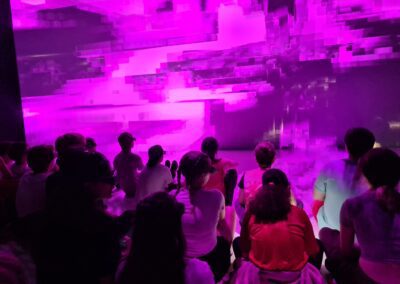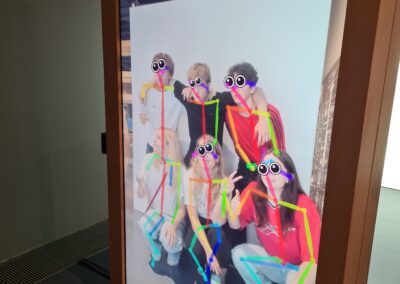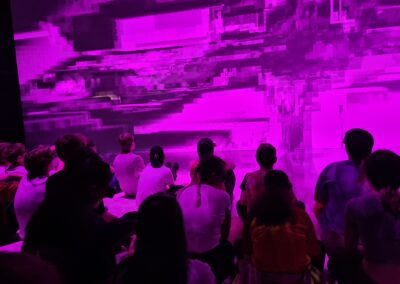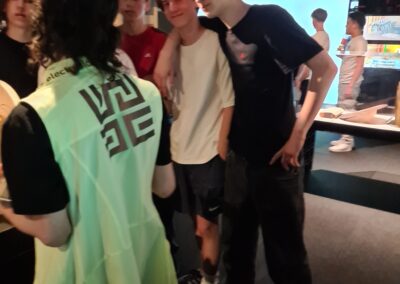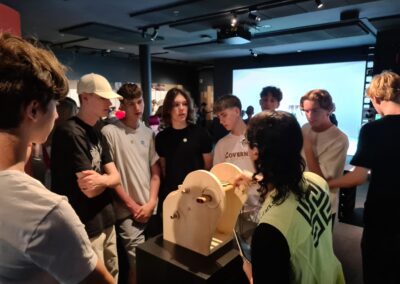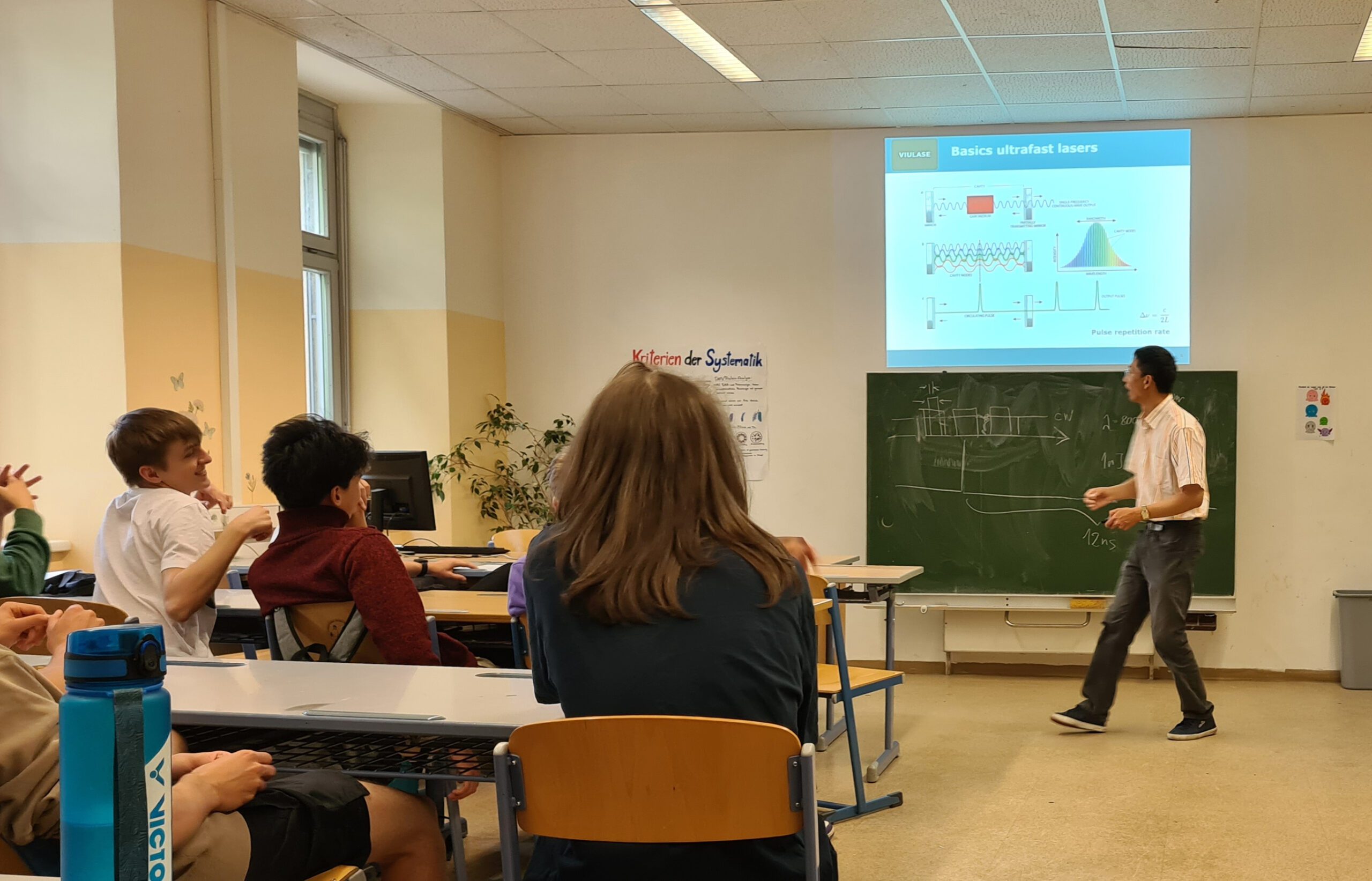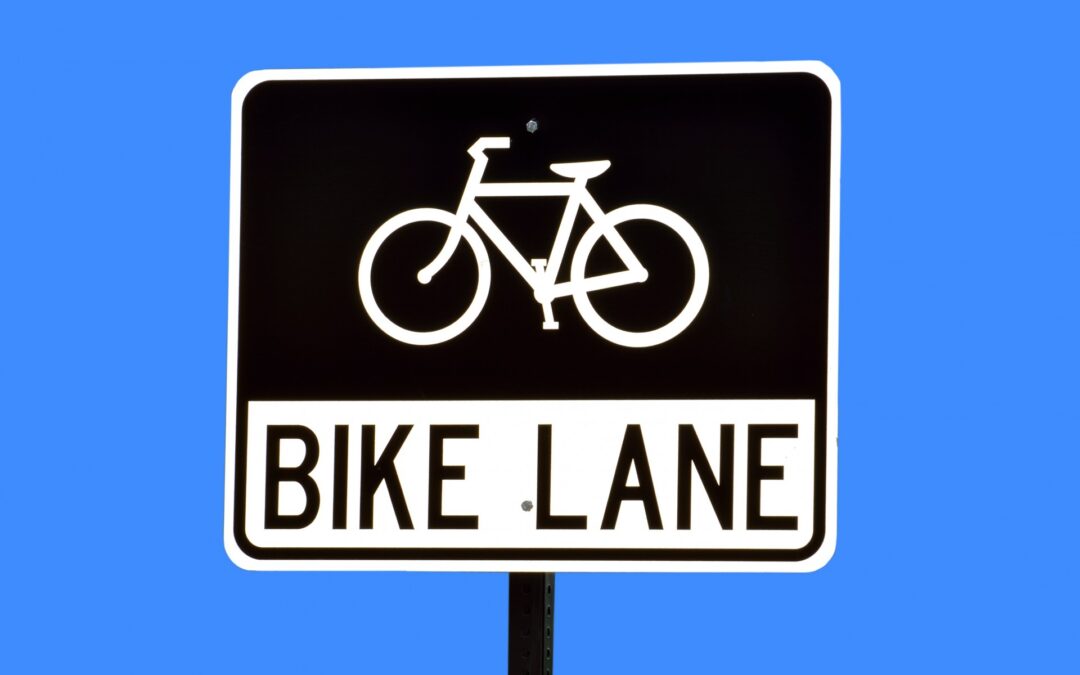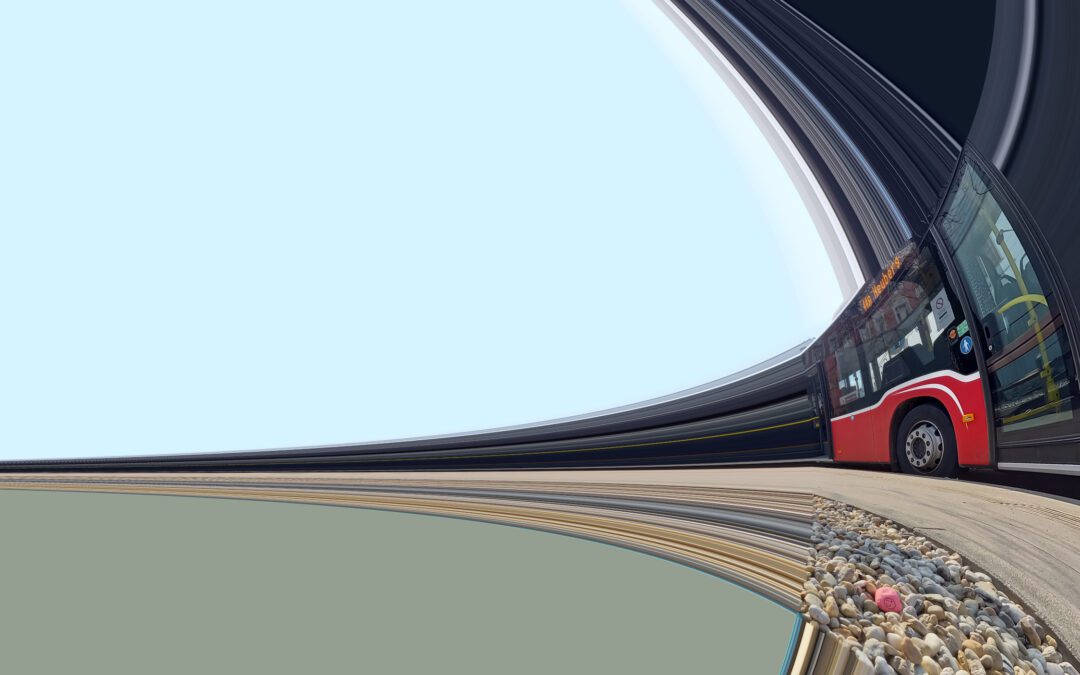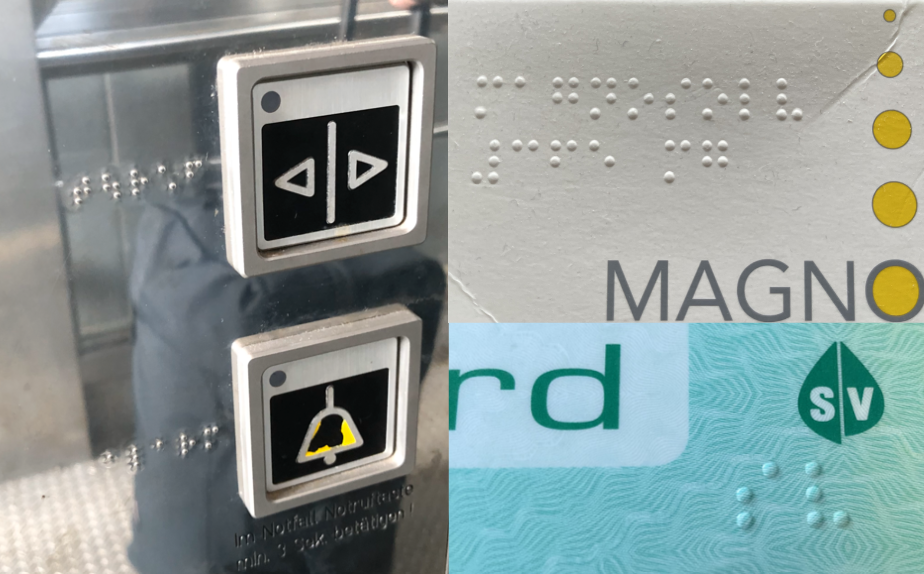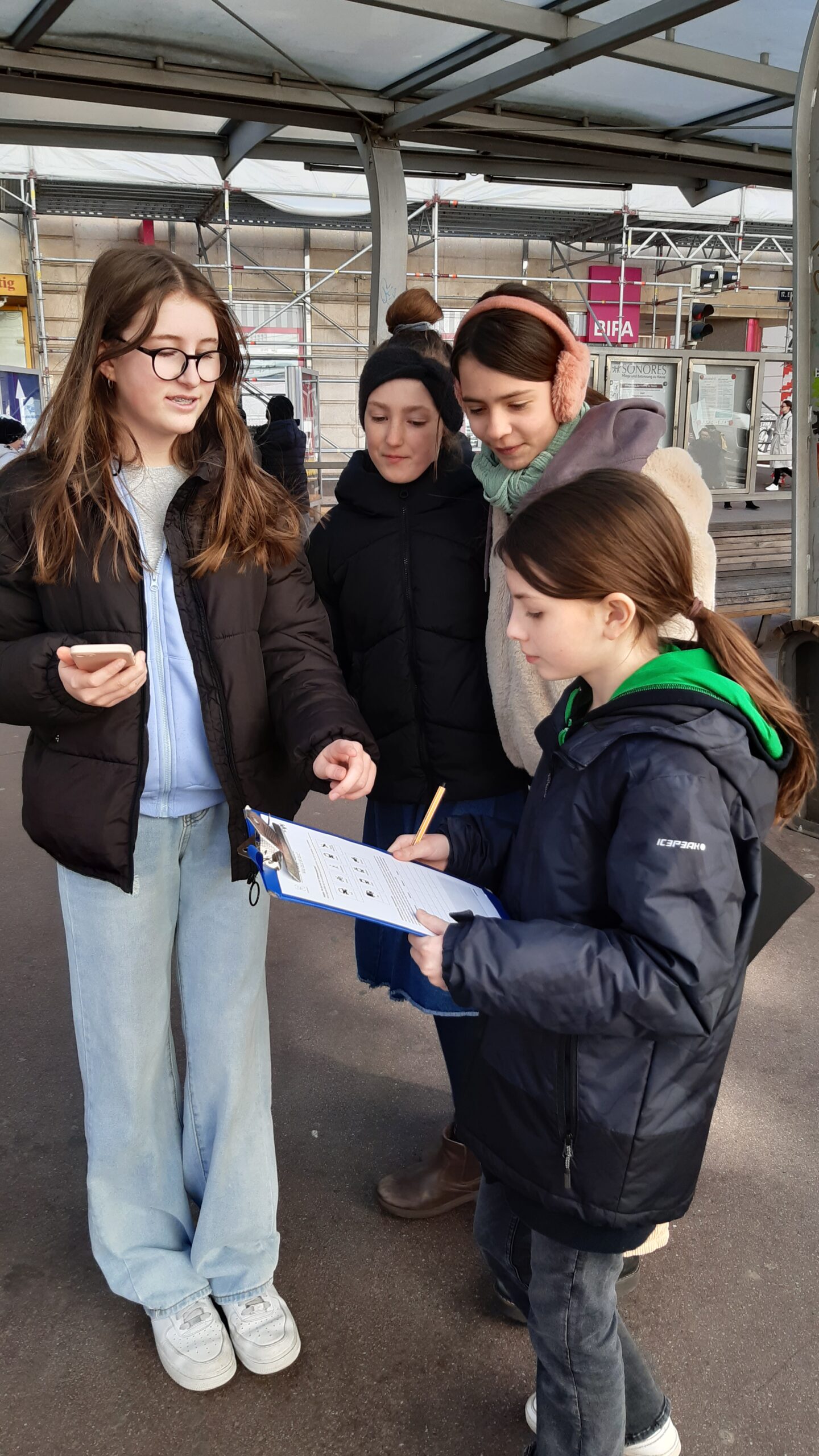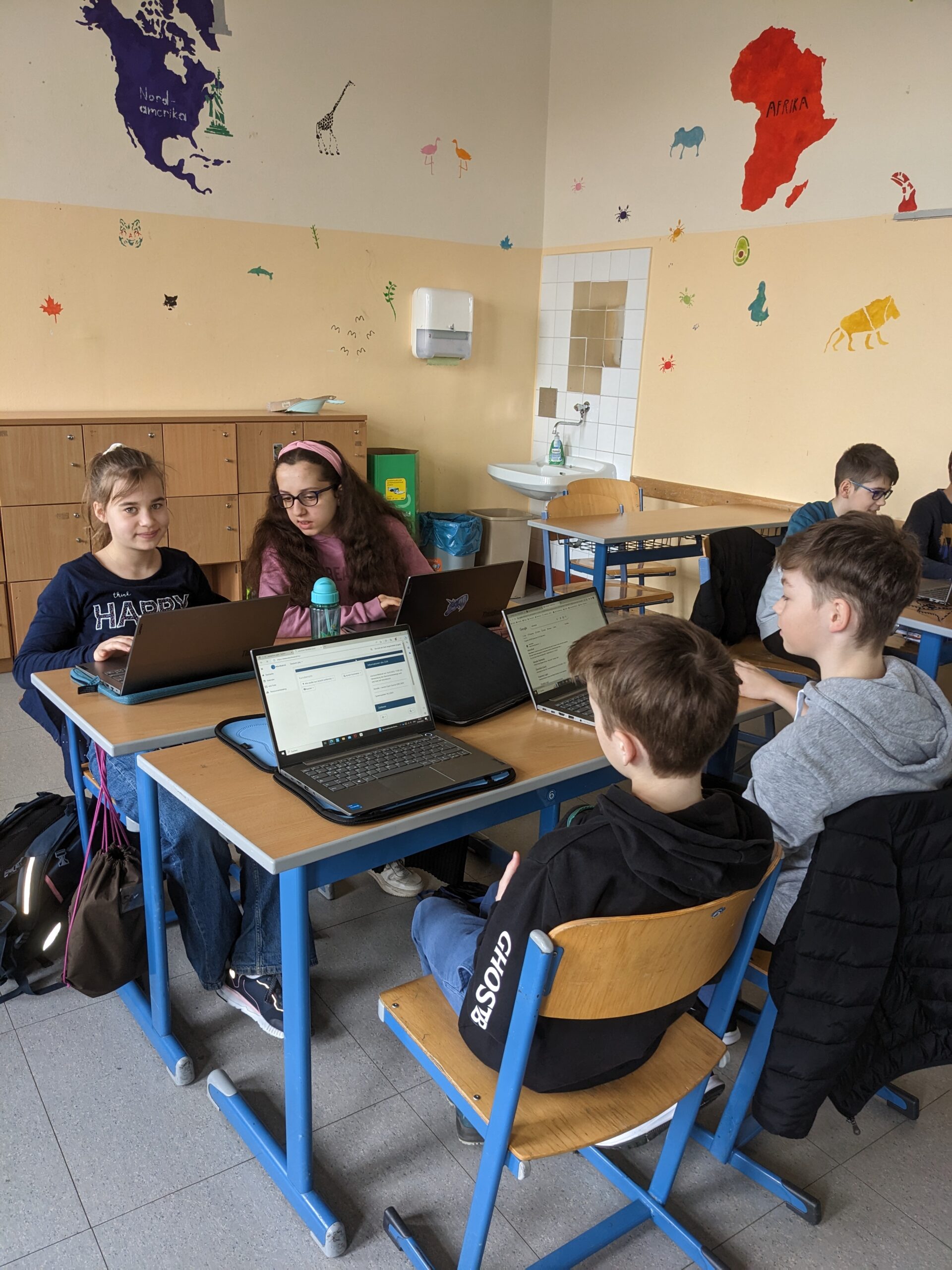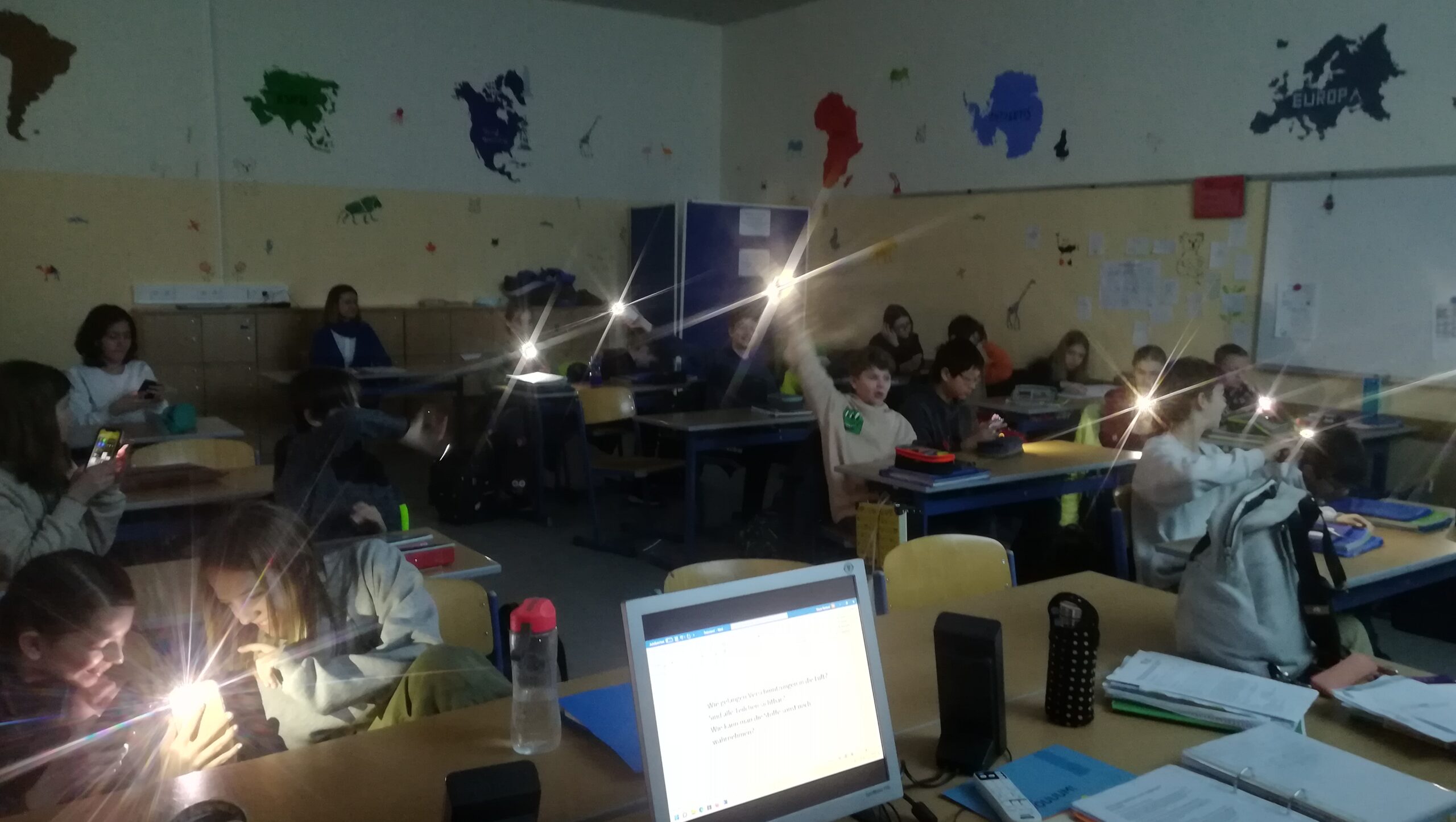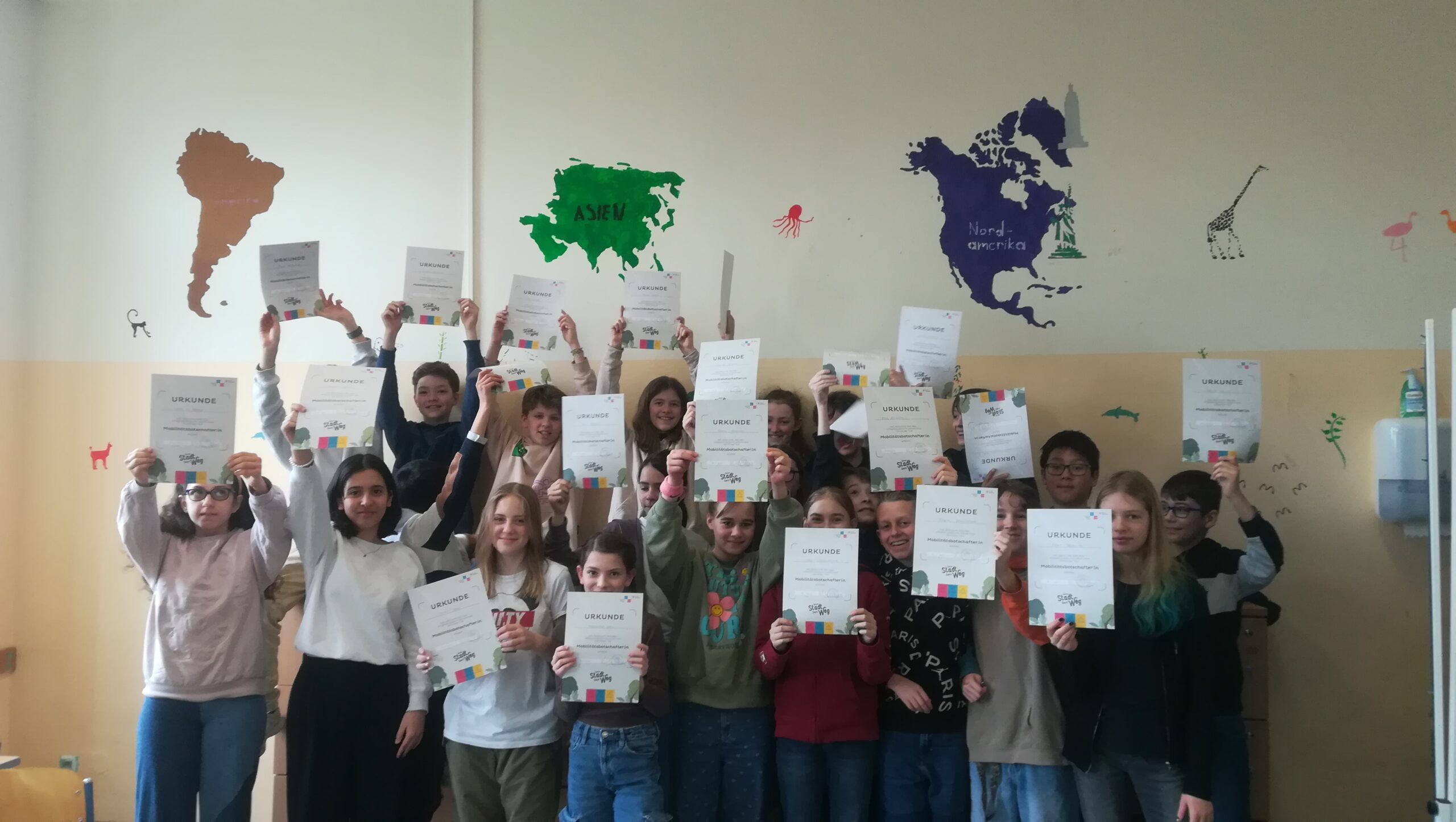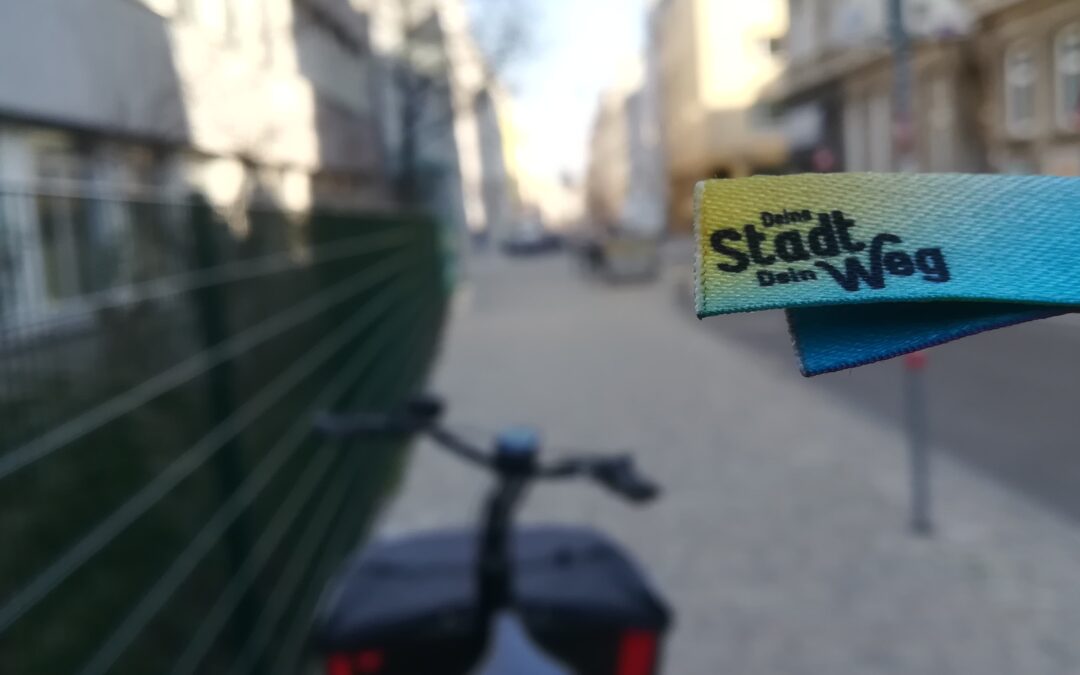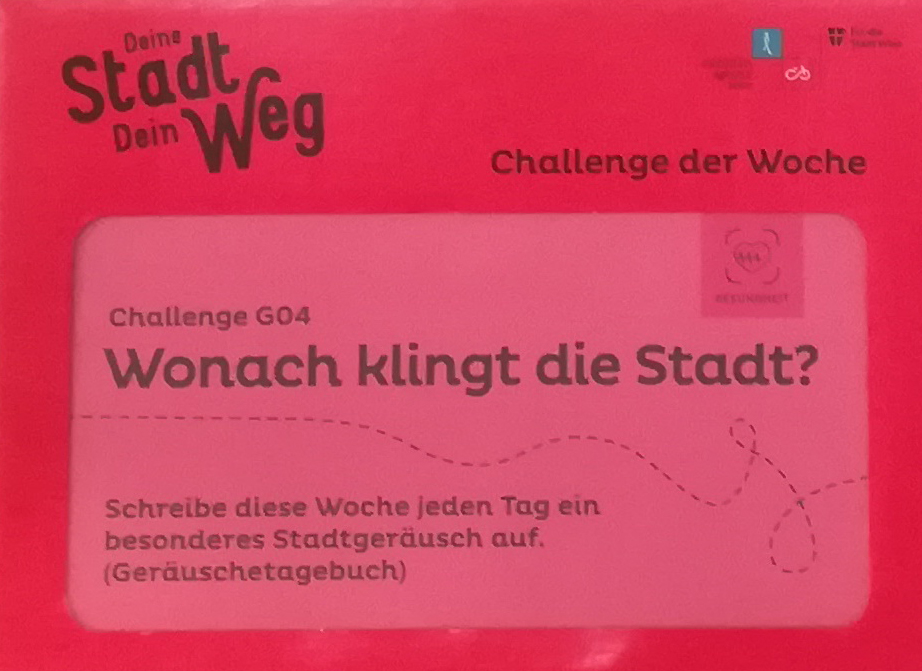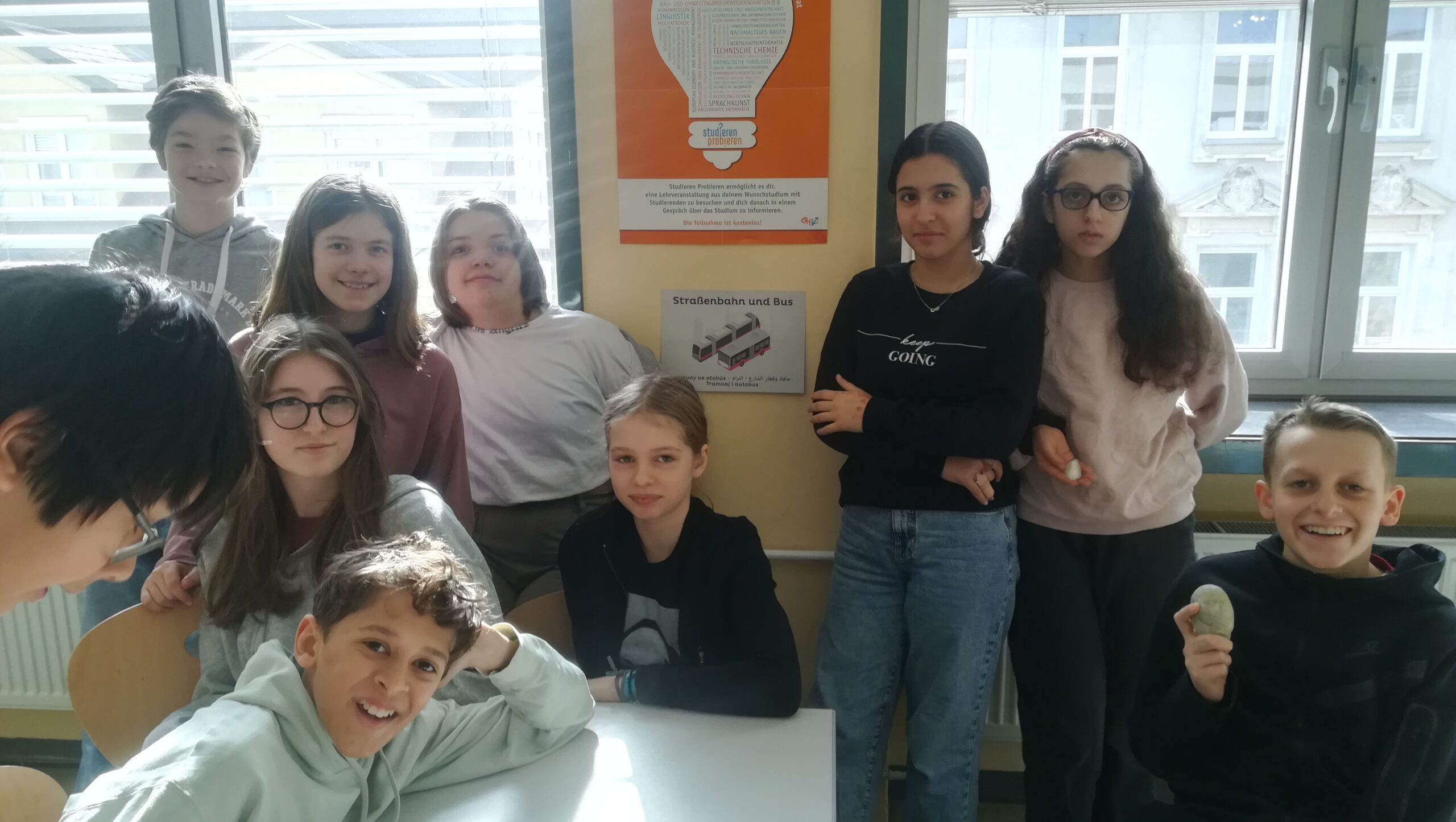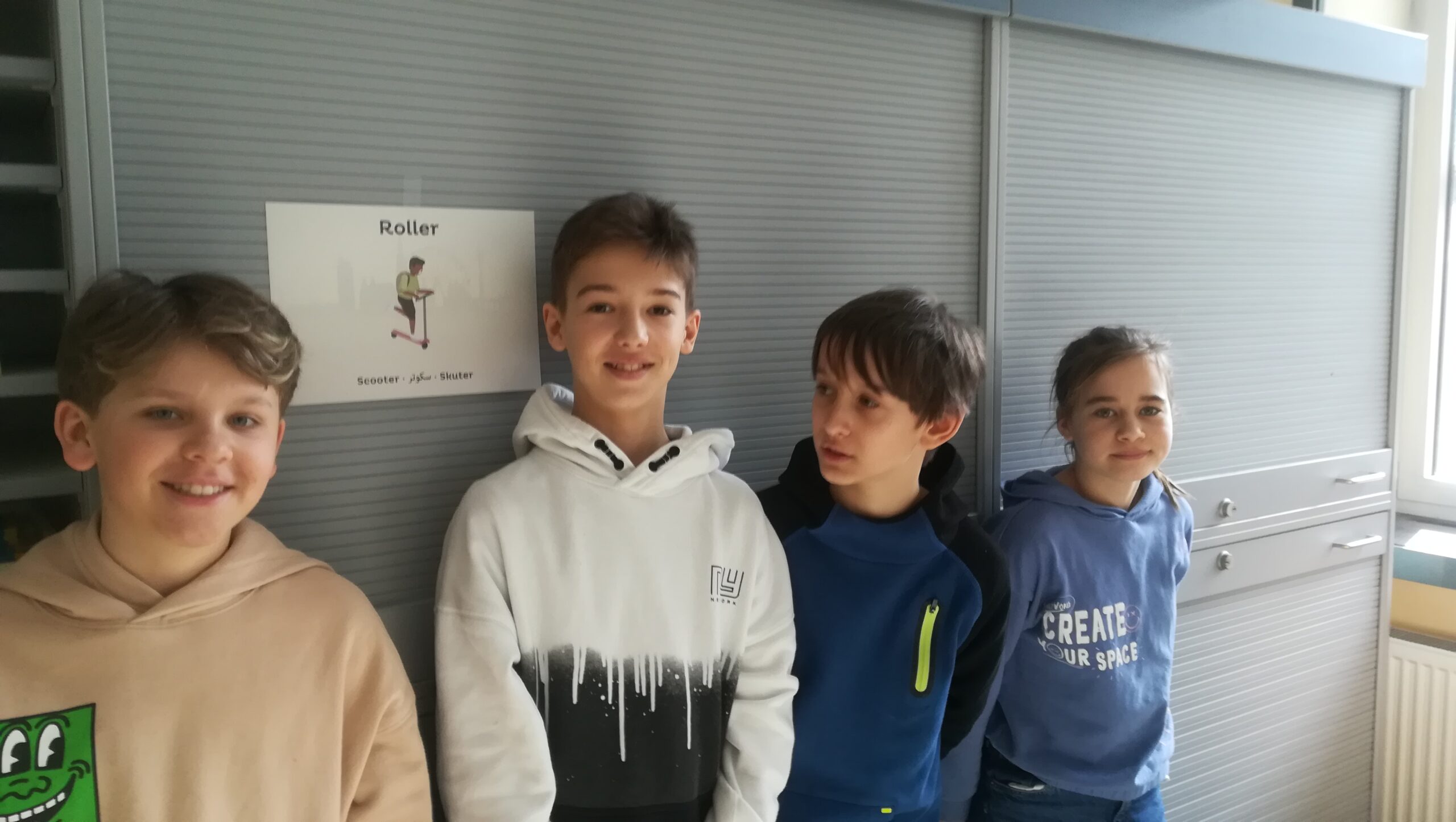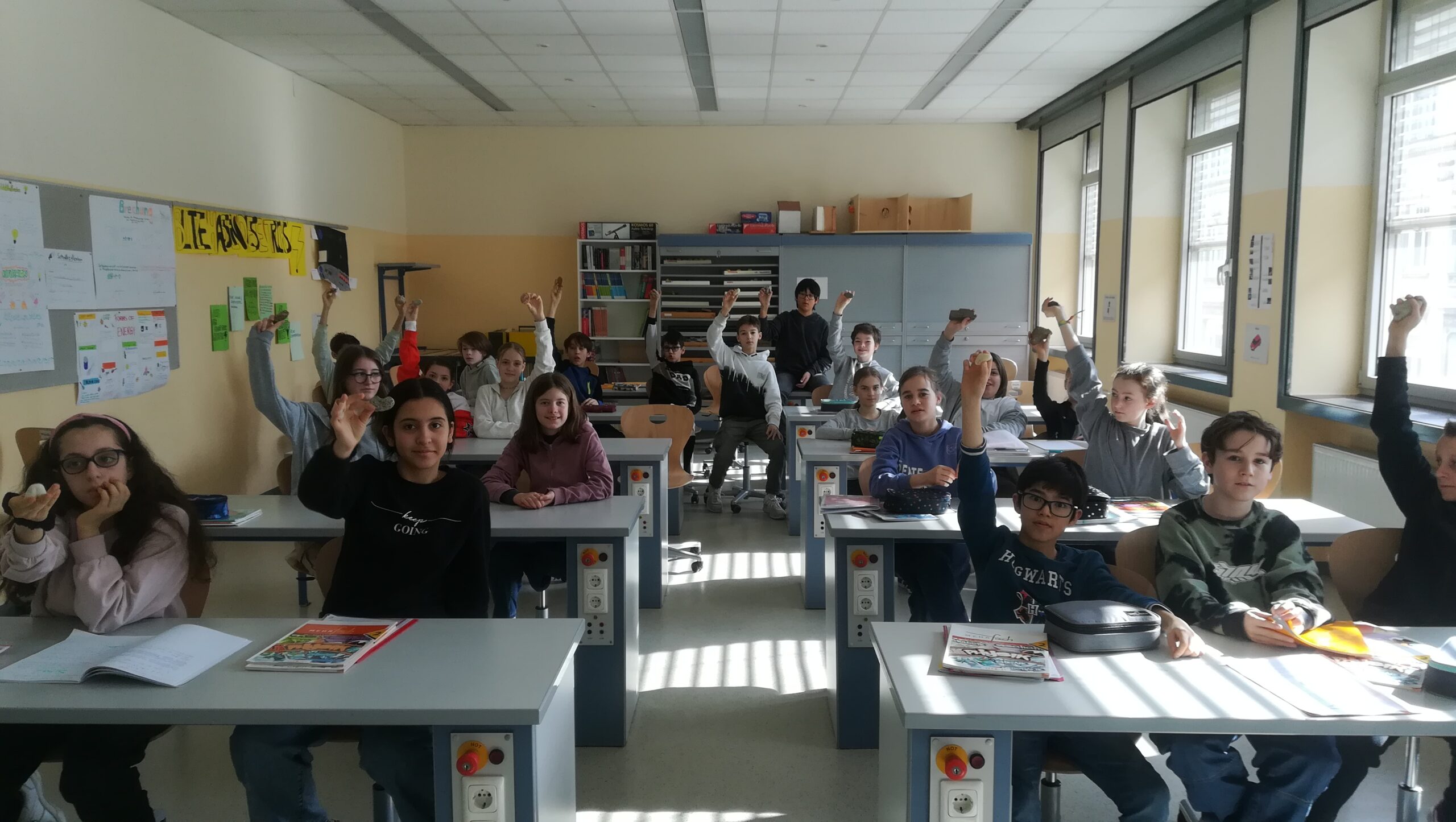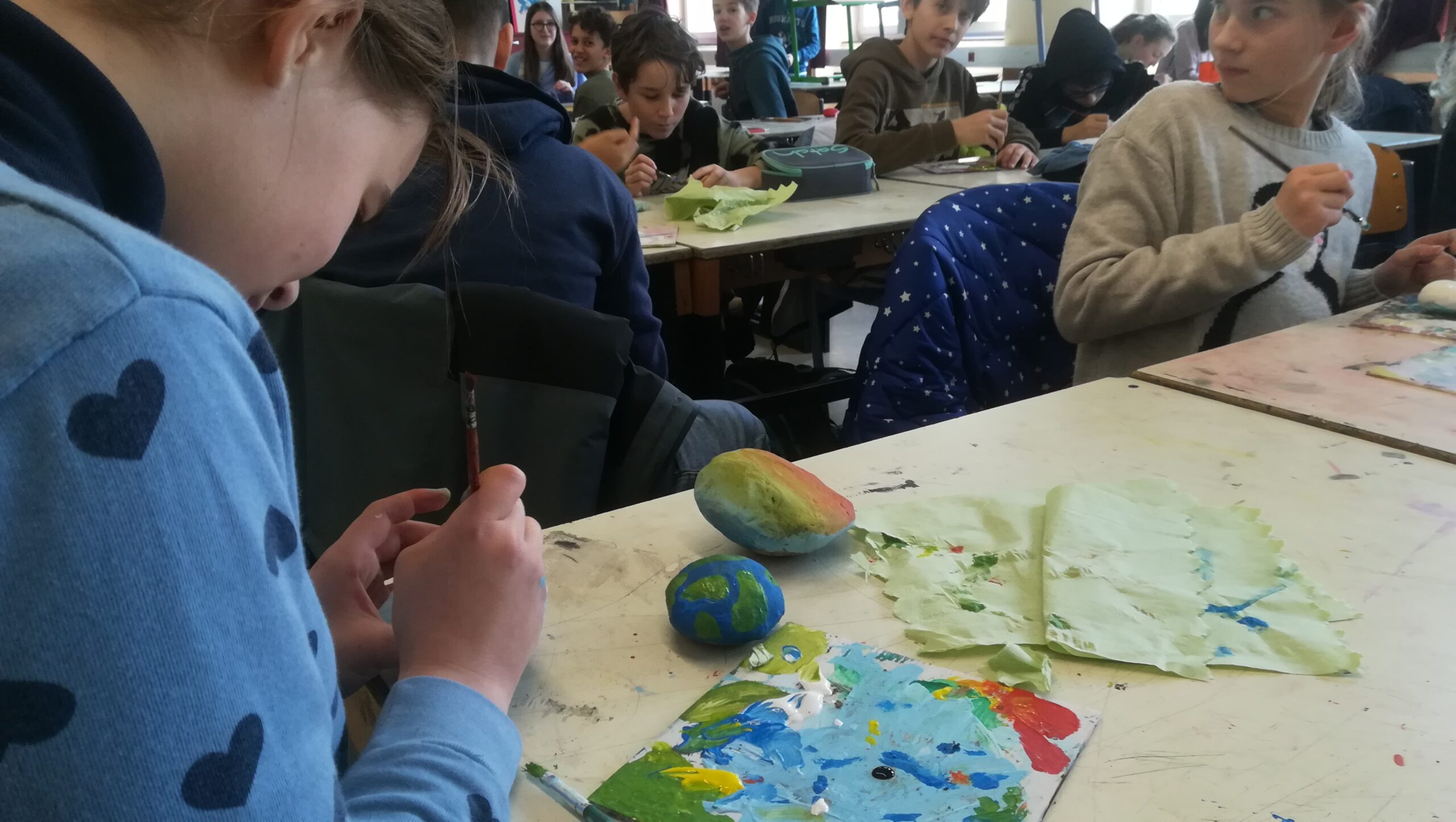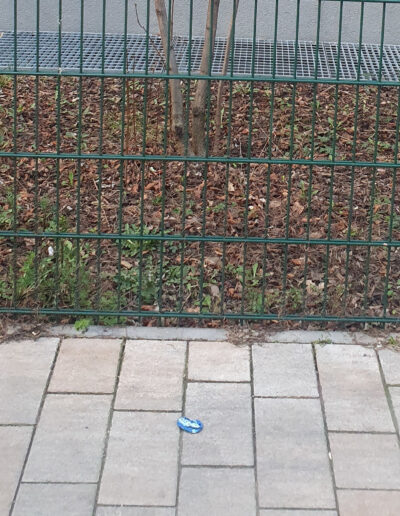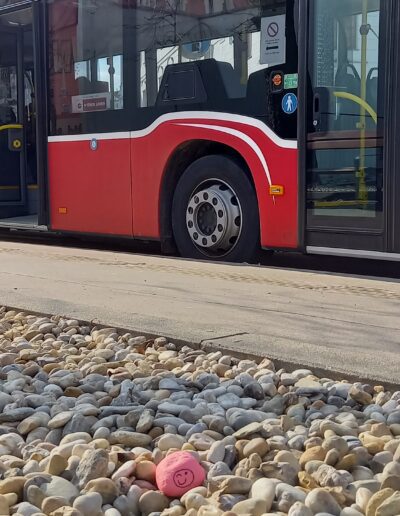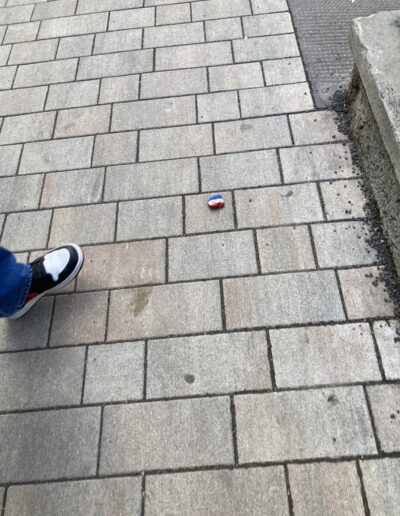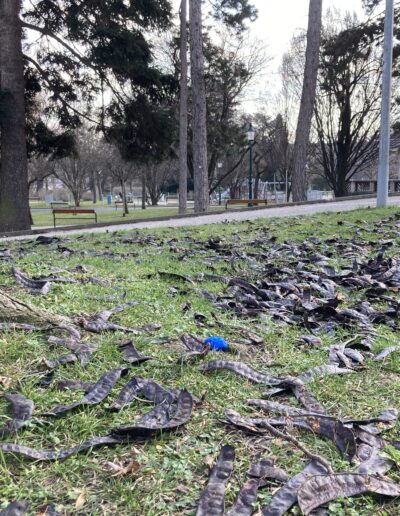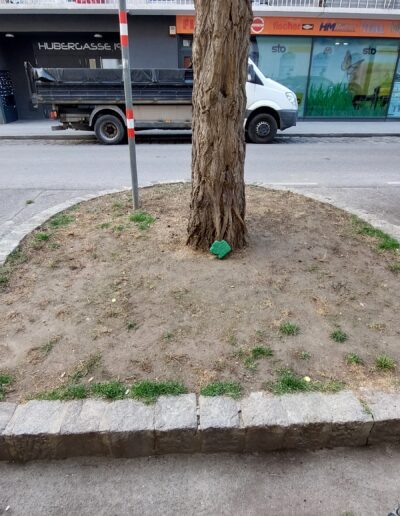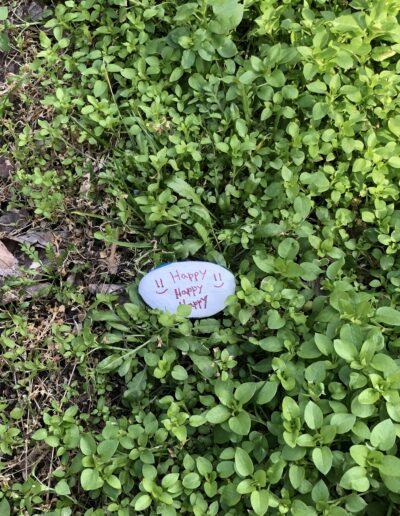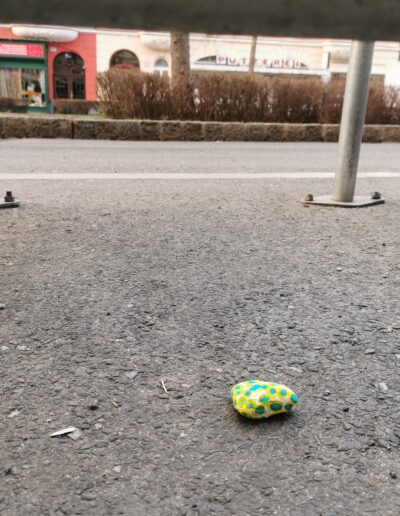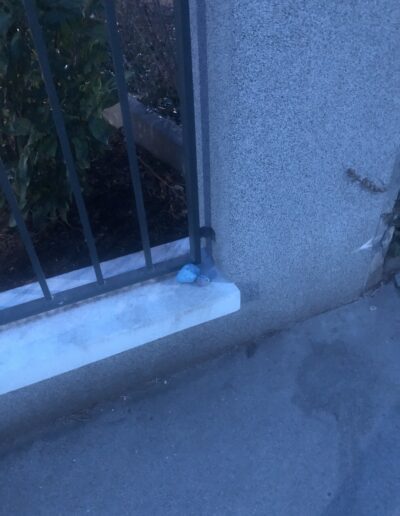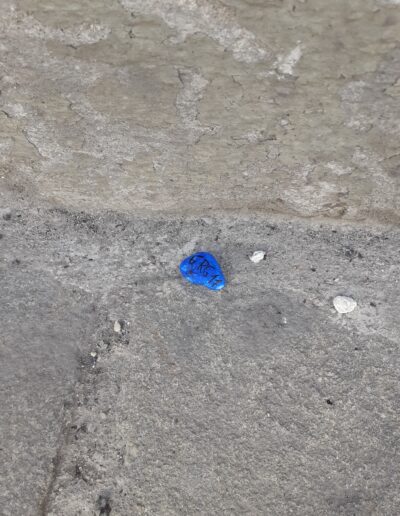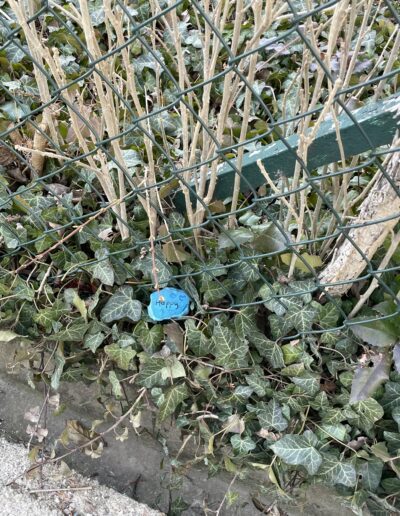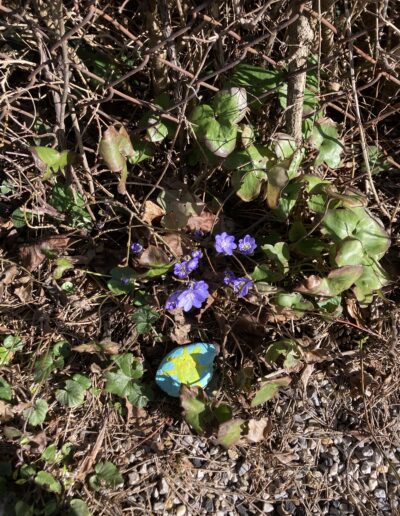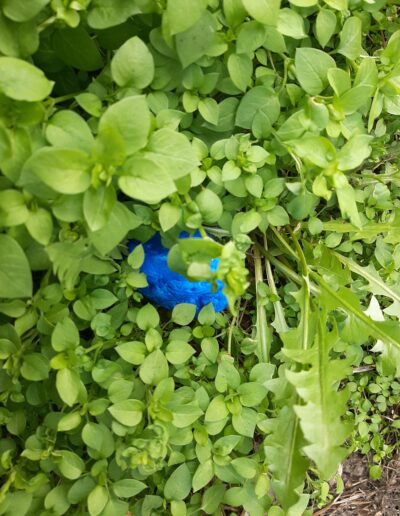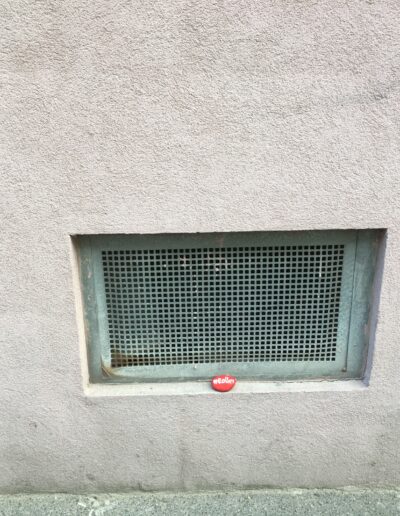Alles rund ums Rad
Einige Wochen lang haben sich die 4B und 4C intensiv mit Themen rund um das Radfahren beschäftigt. Insgesamt wurden sechs Teilprojekte zusammengestellt:
- Mein Schulweg mit dem Rad (Killian Bayer, Tim Schiefer)
- Arten von Radwegen (Carina Ettl, Tasneem Younes)
- Gefahren und Sicherheit (Patryk Janowiak, Hubert Tulej)
- Regeln und Gesetze (Naureen Groover, Hana Khalil)
- Medienberichte (Paul Herlinger, Nikolaus Waldingbrett)
- Mein Rad (Adam Egger, Jakob Lehdorfer)
Jedes von diesen Projekten wurde intensiv in den Physikeinheiten vom 25.04 bis zum 06.06.2023 bearbeitet. Die Projektleitung (Clara Kunze, Lisa Steindl, Lisa-Marie Tancsits) hat die Gruppen durch das Projekt geleitet.
Die 4B, in der „Englisch als Arbeitssprache“ vertieft wird, hat schließlich die einzelnen Homepagebeiträge (als eines der erforderlichen Projektprodukte) der Gruppen mit Unterstützung ihrer Englischlehrerin Prof. Hämmerle übersetzt:
- My way to school with the bike
We took a look at our way to school. The goal was to analyze if our way is bike-friendly enough to use it on a daily basis.

A way to our school on a city map (CC0)
We started at the Heurigen Zehner Marie and the destination was our school, Hernalser Gymnasium Geblergasse. The way leads through Arnethgasse, where we were surprised to find a small bike path.
We followed the bike path until we reached Wattgasse, which we crossed. You should be careful there because it is a two-lane road with many cars. After that, we returned to Arnethgasse and followed it until we got to Wichtelgasse.
We rode on Wichtelgasse shortly until we arrived at Haslingergasse. After 50 meters, we reached Weissgasse.
From there, we rode to Geblergasse, where a lot of cars are parked. However, it has a sharrow on the side. After 100 meters, we arrived at our destination – the GRG 17.

Crossover Wattgasse (CC0)
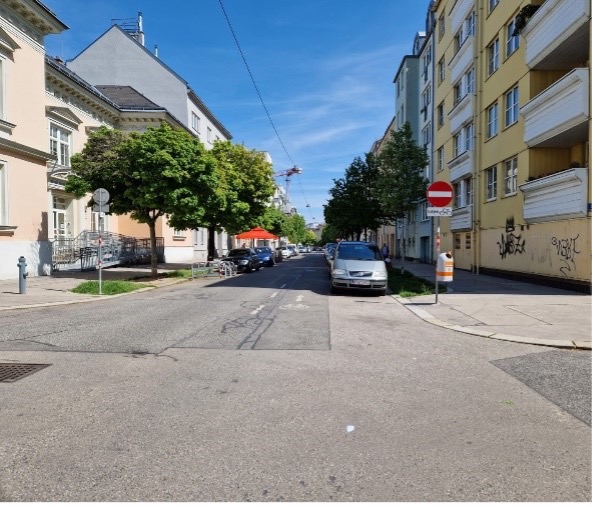
Arnethgasse (CC0)
After having illustrated our way to school, we concluded that the path is generally suitable for bikes, but there are some problematic spots (e.g. the crossing Wattgasse/Arnethgasse).
- Types of bike paths
Bike paths are, as the name suggests, usually intended only for bikers. However, there are also some exceptions, such as multi-purpose lanes, bike lanes and sharrows.
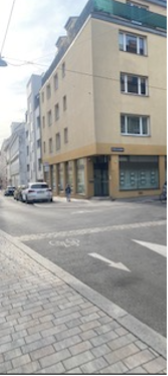
Sharrow (Tasneem Younes, CC BY-SA)
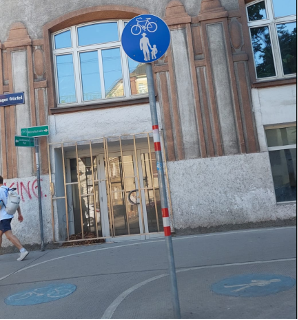
Bike path sign (Lisa Steindl)
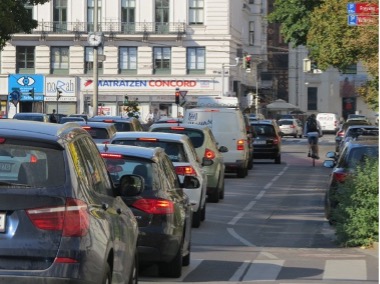
Bike lane (By courtesy of Radlobby/Agenda Josefstadt)
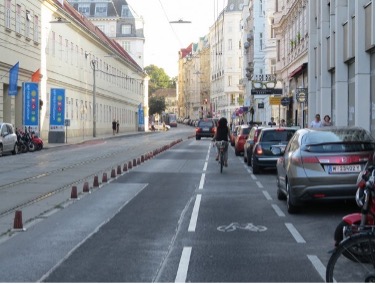
Multi-purpose lane (Radlobby/Agenda Josefstadt)
You can tell from the street signs whether a path may only be used by bikers, or not. For example, there is a sign that shows that a path may really only be used my bikers, and another that states that a path may also be used by pedestrians. You can also tell if a path is physically separated.
Multi-purpose lanes, bike lanes and sharrows are shared by bikers, cars, buses and trucks, but any vehicles apart form bikes must not stop there.
- Dangers and Safety
Safety measures for cycling
An equipped bicycle has 2 independent brakes, 2 non-slip pedals with reflectors, bright headlights, 1 red backlight and 2 yellow reflectors for each wheel.
Characteristics of a good cycling helmet
A protector for the head that goes from the forehead to the back of the head (ears should be free), chin straps (should fit well), good ventilation (especially important in the summer because of the heat), and reflective stickers.
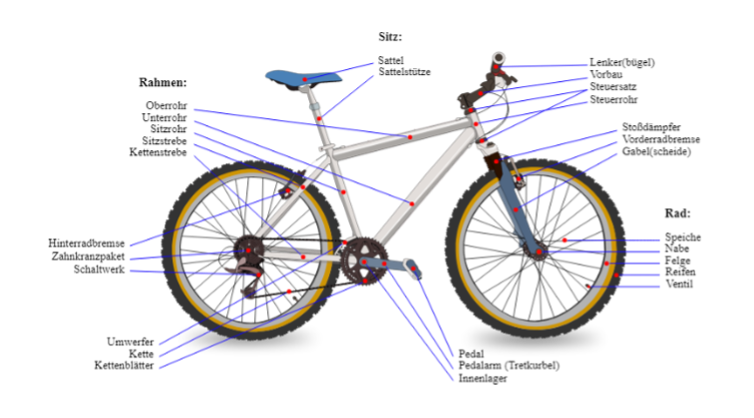
A fully-equipped bicycle (kiwithek.kidsweb.at; CC BY-SA 3.0)
How do reflectors work?
The surface of a reflector looks like 3 mirrors put together. When a light shines on the surface, it will be reflected in the same direction in which it fell because of the reflection law.
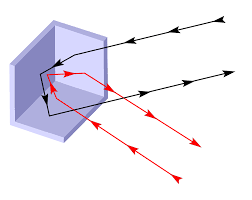
Retroreflector (Wikipedia; CC0)
Bike lanes where you have to switch the side of the road
Occasionally, it can be difficult to build a bike lane on one side of the road because of the geographic conditions. However, it’s true that every time you switch the lanes, it will cause extra stress and it is relates to dangers. Bikers often try to keep their momentum up as long as possible, but because of that, they take more risk than necessary.
Dooring
Parking spaces in cities often intend for cars to be parked in a parallel manner to the road. Usually, bike paths are next to those parking spaces. Car drivers often open their doors without thinking that it could harm bikers. What you might consider as a biker is keeping a certain distance from cars.
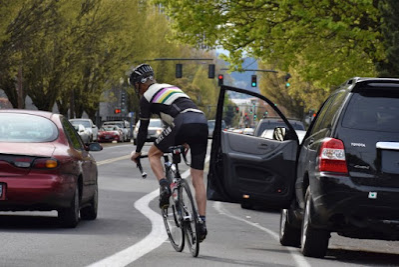
Dooring example (Yoni Freedhoff; CC BY-NC-ND 2.5)
- Rules and laws
Bikers are only allowed to use paths that are on the left side if there is this sign. Otherwise, they have to take the right path.
When riding on a bike road, there is a speed limit of 30 km/h.
When overtaking bikers, car drivers should keep a safety distance of 1.5 m.
Multi-purpose lanes have to be at least 1.75 m away from the parking lane.
Car doors must not be opened in front of bikers. A look over the shoulder is always necessary.
Kids under 12 years old have to be looked after by a person that is at least 16 years old person when using a toy car.
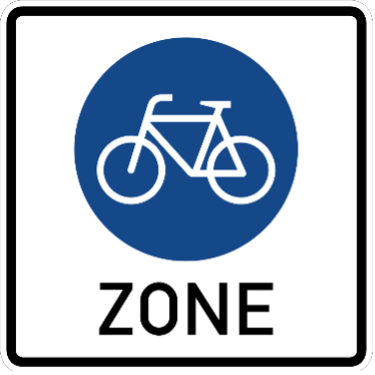
Fahrradzone (Wikipedia, public domain)
- Media reports
Our topic was media reports about bike accidents. The use of passive language can lead to huge problems. Bike riders are often accused although they did nothing wrong.
Here is an example: https://www.meinbezirk.at/villach-land/c-lokales/radfahrerin-musste-pkw-ausweichen-schwer-gestuerzt_a5652634
As you can see in this example, it is explained that the bike rider had to go round the car, is if the car driver did nothing wrong.
Here is another example from the founder of the news watch blogs “Kobuk”, in which everything is marked clearly: https://twitter.com/Helge/status/1496443847248859140
In this example, many problematic phrases can be found. The car driver blames the biker again.
Such news reports should be avoided.
Here, further examples of the use of passive language can be found:
https://www.meinbezirk.at/innsbruck/c-lokales/zeugensuche-nach-unfall-mit-radfahrerin_a5970085
https://www.meinbezirk.at/graz/c-lokales/schwerer-fahrradunfall-in-strassgang_a5825089
https://www.meinbezirk.at/pinzgau/c-lokales/fahrradunfall-mit-eigenverletzung_a5934196
- The bicycle
Clear description:
In the description, the single parts of the bike and how they are built have been described. For example, the frame consists out of 7 pieces. In the description, we have described 5 in greater detail and we explained them in a few sentences.
Physical description:
Bicycles consist of smaller and bigger parts, which are all necessary. Without them, the bike wouldn’t work. We have filtered out the most important parts and described their physical function. A few examples for that are the wheels, the chain and the brakes.
The way bike brakes work is that brake pads are in contact with the braking surfaces and the speed is reduced by pulling them together.

Parts of a bicycle (Wikipedia/User Niabot; CC BY-SA 3.0)
